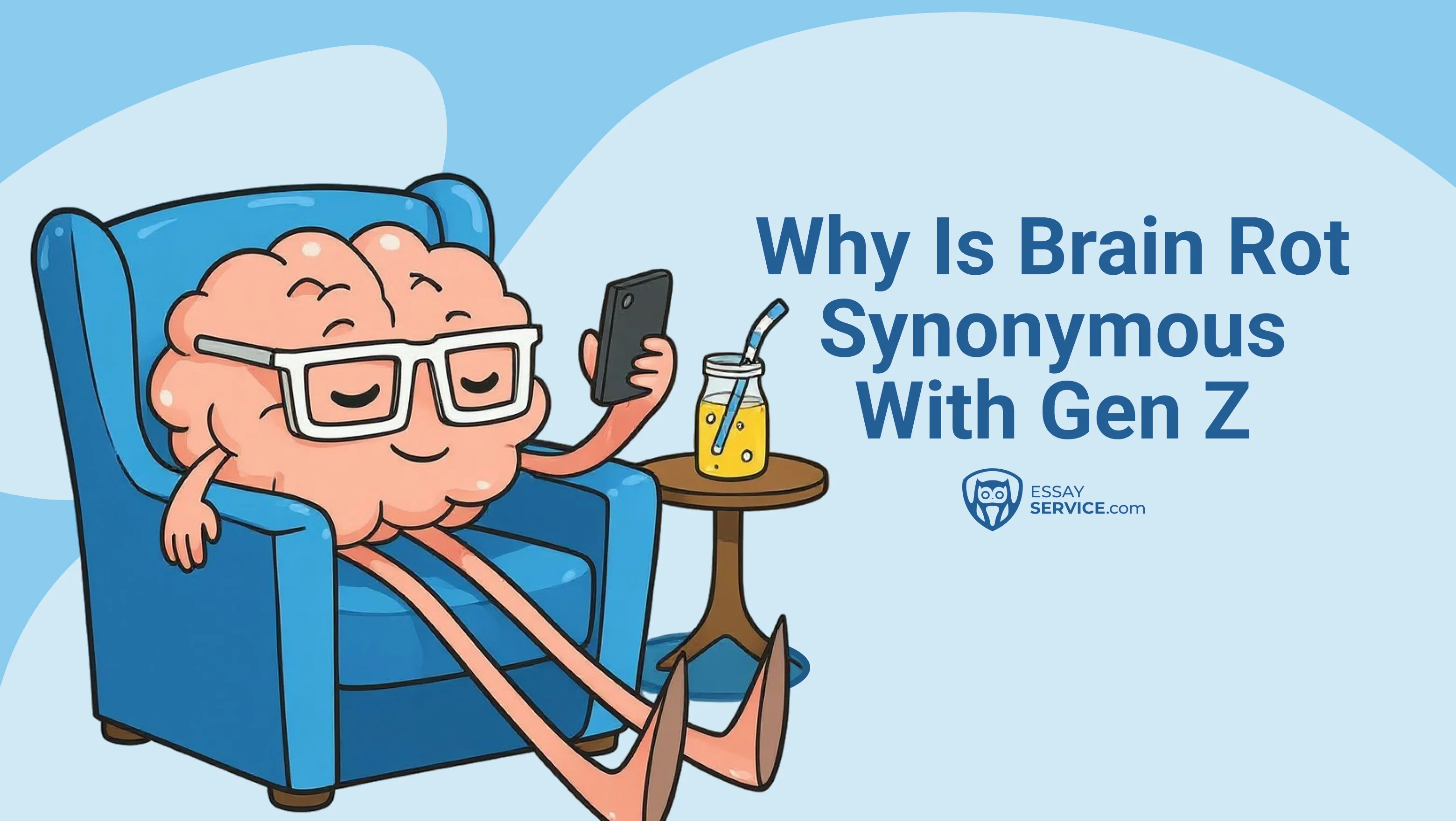
How to write
Last updated:
November 4, 2025
How to Write a Personal Statement for Nursing School: Guide

How to write
Last updated:
January 16, 2025
How to Write an APA Annotated Bibliography: Student's Guide

Lifestyle
Last updated:
May 26, 2025
What Is an MBA Degree? Everything You Need to Know Before Applying
Load more articles


.webp)
-2.webp)

























































.webp)
















.png)

.png)





.webp)
.webp)
.webp)
.webp)

.webp)
.webp)
.webp)
.webp)



.webp)


.png)
.webp)



.webp)

.webp)
.webp)

.webp)

%20(1).webp)
.webp)
.webp)
%20(1).webp)




.webp)












.png)

.png)
.png)
.png)
.webp)


.png)








.webp)
.webp)
.png)
.png)

.png)
.png)

.webp)
%20(1)%20(1).webp)
%20(1)%20(1).webp)
.png)
%202.png)
.png)

.webp)





.webp)









.webp)
.png)


.png)
.png)


.png)
.png)







.png)

.png)






.png)
.webp)




.webp)
